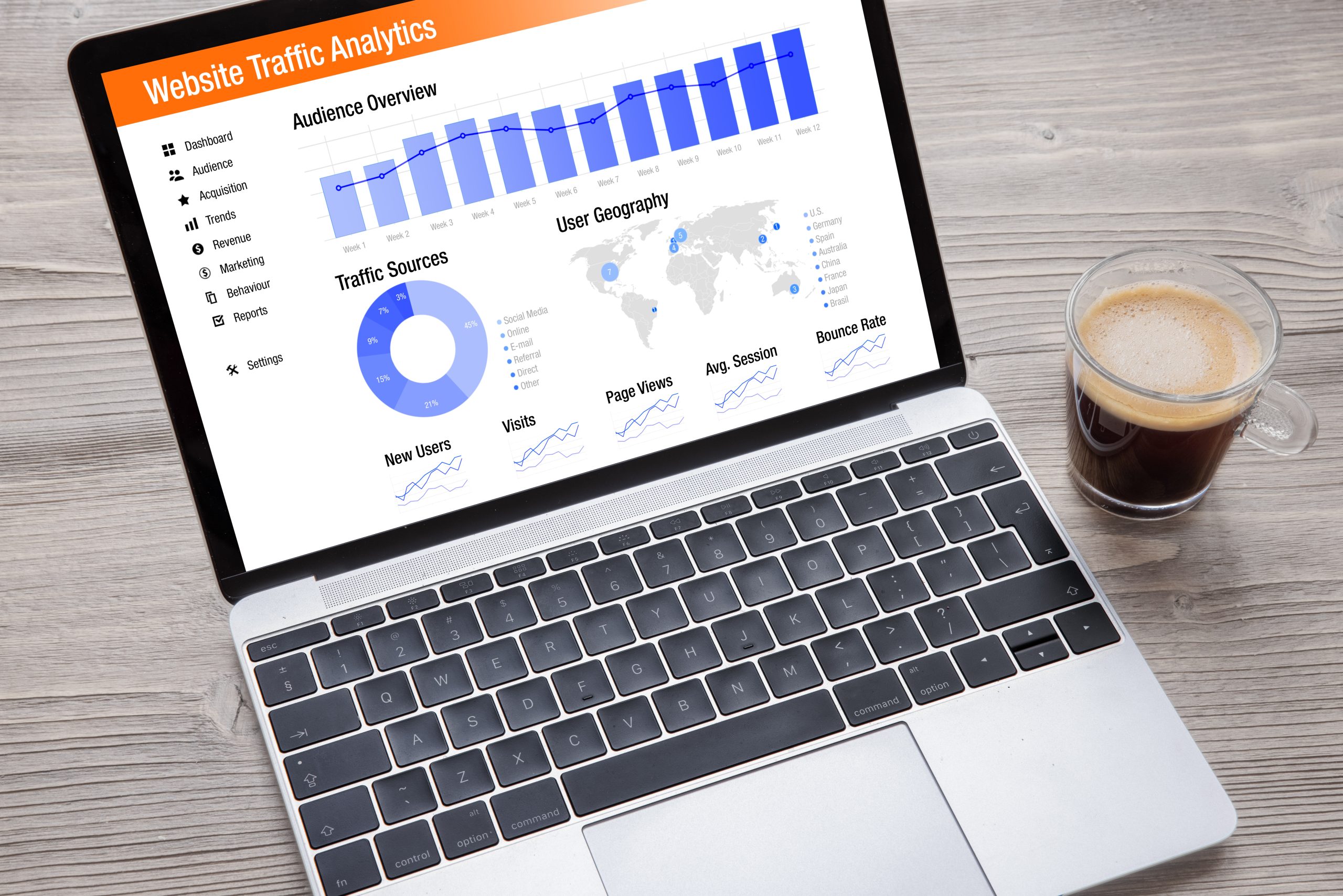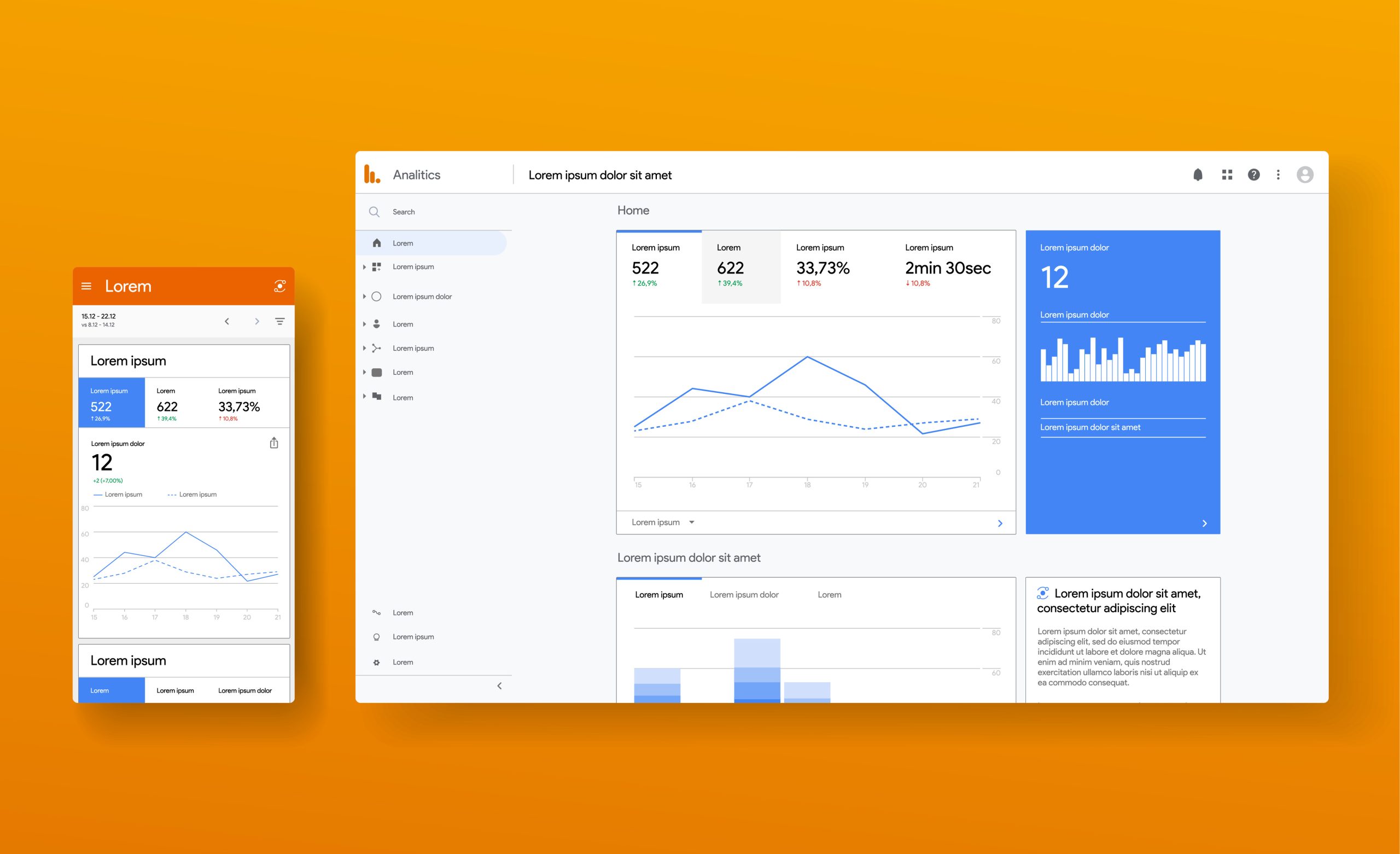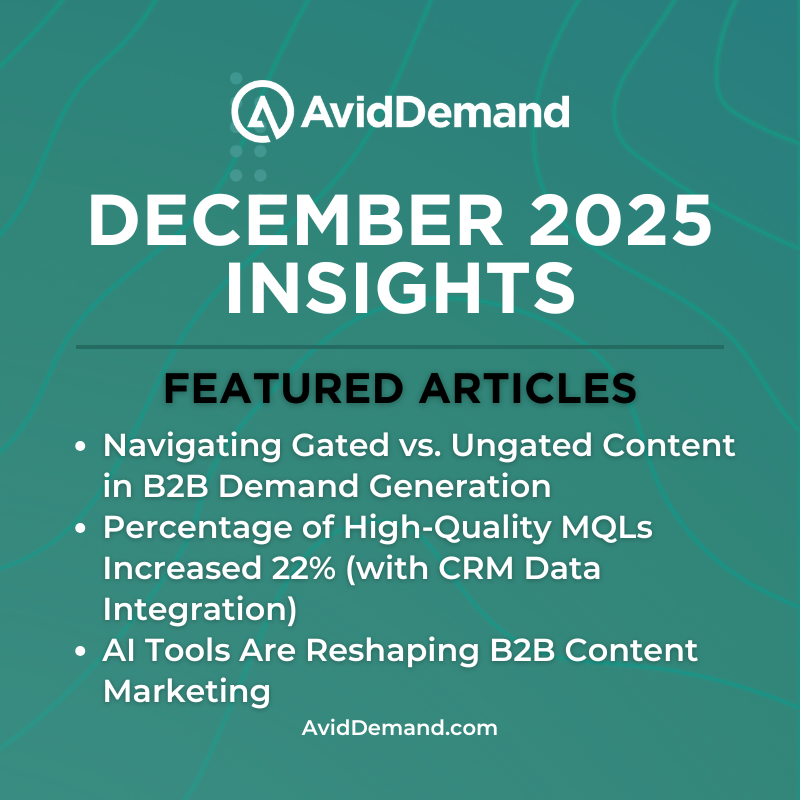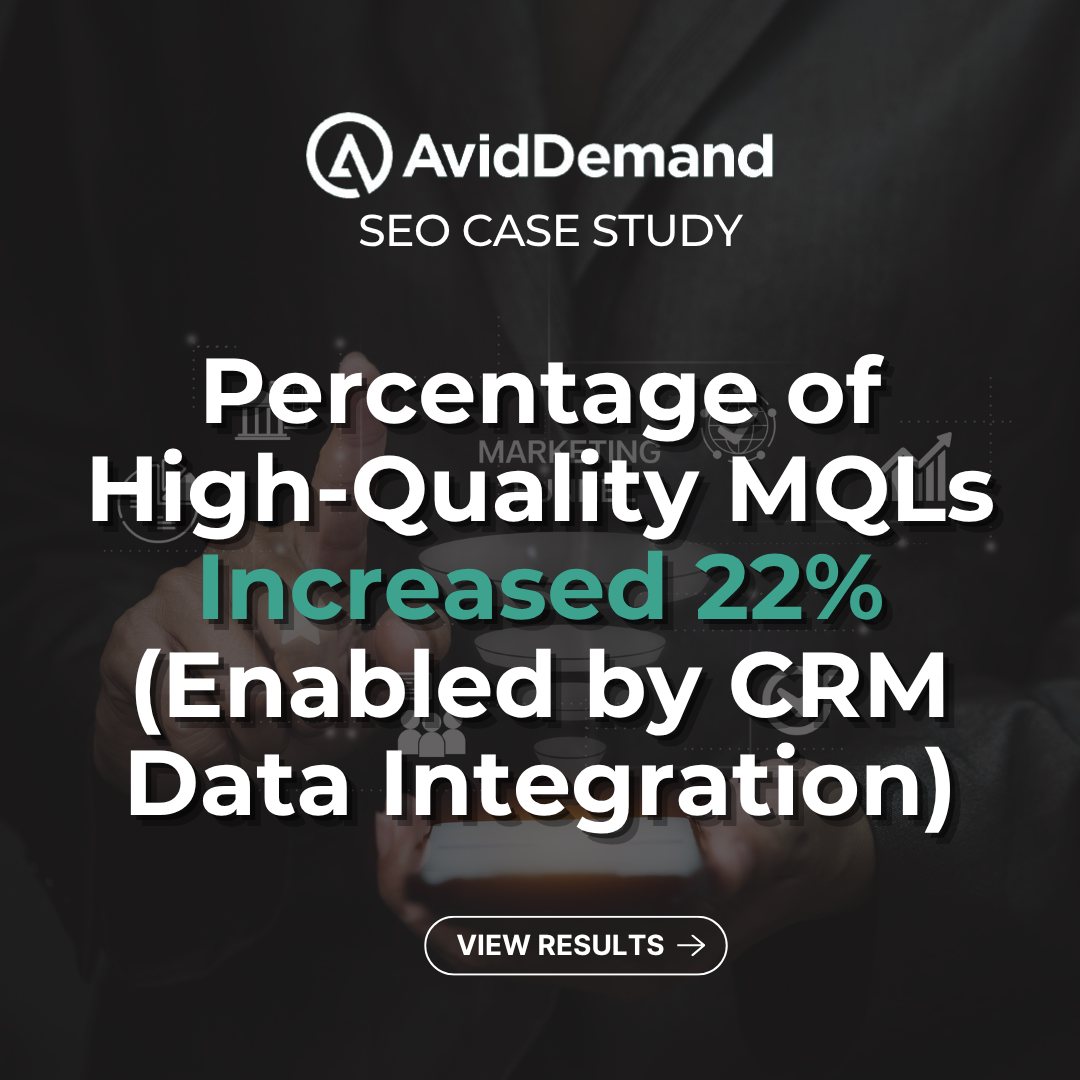Increasingly, our industry is entering panic mode as Google announced that their legacy product Universal Analytics will be completely deprecated in July 2023. The main reason for the mass panic is that the free Google Analytics Universal Analytics (UA) underpins roughly 55% of websites. It’s a lynchpin in helping webmasters figure out where their traffic is coming from, what users are doing on their site, how many are converting, how much money they’re spending, and much, much more

Why Google is Deprecating Universal Analytics
Google Analytics 4 (GA4) is Google’s solution to the expanding remit of governments for regulating consumer privacy online…..something that Google has received a lot of flak for specifically around it’s UA implementation. All of your data right now is currently processed by Google internally on their own servers meaning that Google Analytics inherently goes against landmark consumer privacy legislation such as GDPR (in the EU & UK) and CCPA (in California).
Since this trend will only accelerate as time goes on (with the US likely to have a federal law at some point), Google is trying to get ahead of the curve by building an analytics product that gives webmasters the tools they’re used to but also isn’t a consumer privacy nightmare for businesses.
How GA4 is Different From Universal Analytics
Now we know why Google are switching to GA4, let’s dig into what is changing before looking at the ‘checklist’ for what your business needs to look at before implementation. UA is reliant on what’s called ‘session-based tracking’ meaning that it is a ‘Black Box’ where data goes in and Google send data out. Effectively, Google matches session data with their vast warehouse of user data to give you more accurate information that you can utilize in advertising etc. GA4 flips the script on its head by putting the onus on you’re the end-user to build up ‘event-based tracking’ meaning you have to physically tag things as much as possible (although there are out-of-the-box events for basic things like page views etc).
Aside from that bombshell above; for seasoned veterans of UA, the most striking changes are:
- Completely removes Views (!!!) and forces you to include all your website data into one Property for holistic measurement (note; you can break it out but the jury is out on the best way to do this (Google certainly think you should be putting every subdomain etc into one property)
- Custom Channel Groupings are completely deprecated and you have to customize your UTMs to fit the narrow mold Google will use going forward for bucketing traffic
- Goals are renamed ‘Conversions’ (HALLELUJAH!!!) and are actually just GA4 Events that you manually toggle within the platform to identify them as ‘Conversions’
- Adds ‘Explorer’ data visualizations which were historically only available to GA360 users but now everyone gets to utilize this amazing feature that allows you to map funnels, see segment overlap and much, much more.

Google is effectively removing a lot of the legal ramifications of consumer privacy legislation off of themselves and onto you. Do you now understand why they’re so keen to get you off of UA ? Because of this change of approach to the most basic functionality for Google Analytics, our clients are having to think long and hard about what exactly they want to be measuring but here at Avid Demand, we’re viewing this as an opportunity to reevaluate and start with a clean slate by customizing what/why/when you want to measure. Without further ado:
Google Analytics 4 Implementation
- Setup GA4 main tracking tag immediately– we’ve opted for deploying through Google Tag Manager (and we highly recommend this) but you can also hardcode it onto your site/use a plugin with your CMS (WordPress etc etc) After that, go into your GA4 implementation, grab the ‘Measurement ID’, place that in your GTM tag (or hardcoded solution), then configure your “Data Stream”.
- You’ll want to get this going asap because the longer you can run in parallel with UA, the more time you’ll have to troubleshoot and resolve inconsistencies
- Also double check your ‘Data Stream’ is working correctly and the correct tracking numbers are implemented
- Link your UA implementation to GA4 in the Admin section
- Import Conversions (Goals) using GA4 Setup Assistant or manually reconfigure UA Goals as GA4 Events in Google Tag Manager (note that Destination Goals are deprecated in GA4 (but you can in effect still make them using Pageview triggers in GTM to fire GA4 Events))
- Adjust GA4 data stream for ‘Enhanced Measurement’ (adds a lot of GA4 events for you like file downloads, outbound link clicks etc saving you some time) & configure Site Search to make sure that you’re capturing what users are typing in in your search box
- Set Data Retention to maximum of 14 months (comes out of the box with 2 months (booo!))
- Create a Data Validation workbook and track the numbers each month and week to ensure that UA and GA4 are not too divergent on:
- Sessions
- Channels
- Users
- Channels
- Device
- Conversions
- Sessions
- Platform linking – go through and evaluate the applicability of linking the other various Google direct product integrations such as: Google Ads, Search Ads 360, BigQuery, DV360 etc etc (note that you are FINALLY ABLE TO IMPORT COST DATA FROM NON-GOOGLE PLATFORMS NOW INTO GA4!!!! )
- If you are importing Cost and Copv data from other Non-Google platforms, be sure to add cost and copv data to your data validation workbook
- Start mapping out every single thing you want to track and/or might be portable into a remarketing audience because GA4 is all about empowering advertisers in a fair & ethical way that is compliant with consumer privacy laws.
This will get you up and running with GA4 and set you up for troubleshooting by breaking out all the areas where you might have issues! Avid Demand is currently implementing this for multiple clients – of various sizes and industries – and we’ll be updating our blog as and when we learn more about this awesome new measurement platform. Drop us a line or comment below if you want to chat more!



